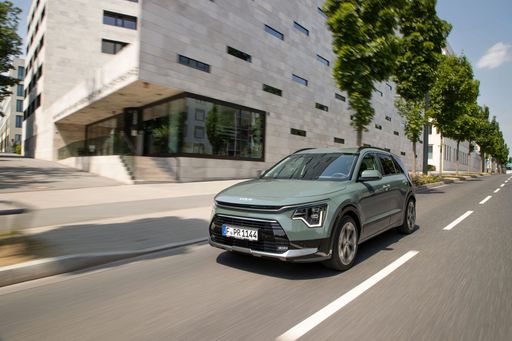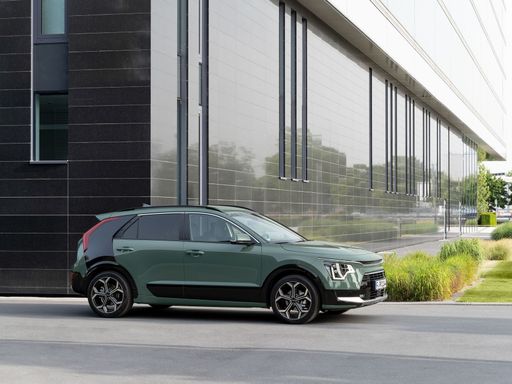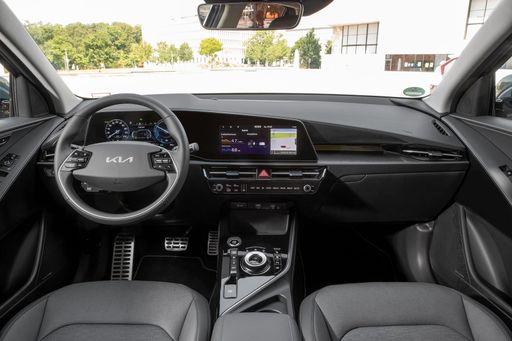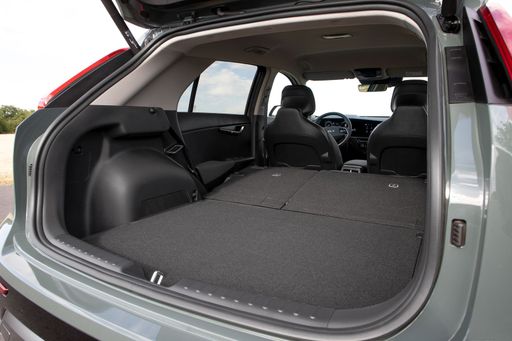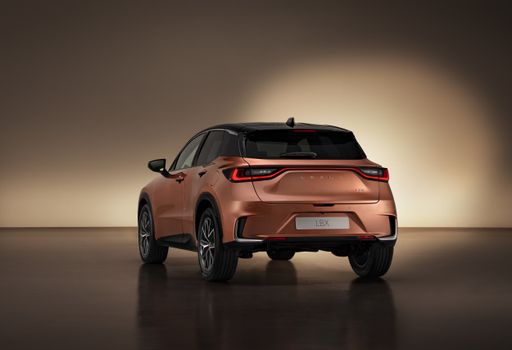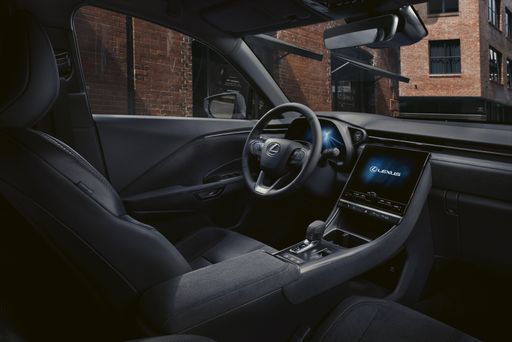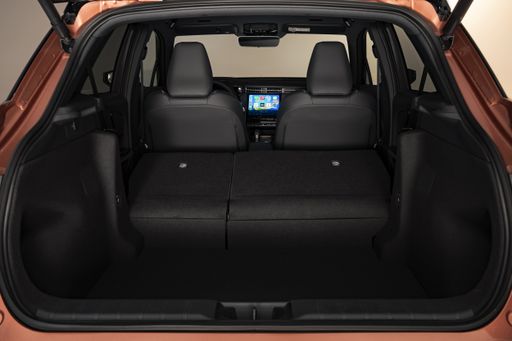Compact SUV Showdown: Kia Niro vs. Lexus LBX
In the burgeoning segment of compact SUVs, two models are catching the eye for 2024: the Kia Niro and the Lexus LBX. Both vehicles blend practicality with innovation, but which one offers the superior mix of performance, efficiency, and modern conveniences? In this article, we compare their technical details to help you decide which one might suit your needs better.

